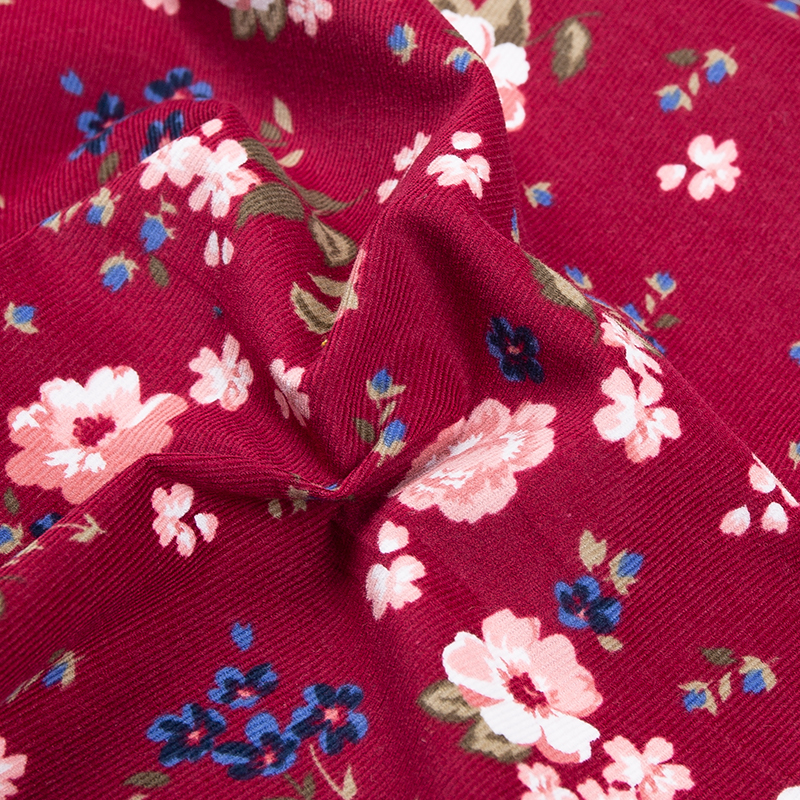Corduroy fabric can be treated to be water-resistant or stain-resistant, but, like anything with a tactile surface, it requires some special care to retain its look and feel. Treatments to improve water and stain resistance are commonly used in the textile industry, and they can work wonders when it comes to practical, everyday use. The key is selecting the right method and material to ensure that the fabric’s texture—those cozy, plush ridges—remains intact.
Waterproofing treatments typically involve applying a thin coating to the surface of the fabric. These treatments can be made from substances like fluorocarbons or silicone-based compounds, which create a barrier against moisture. For corduroy, which is already a relatively thick and textured fabric, the treatment is often applied carefully to avoid interfering with the fabric's natural pile. When done right, these coatings sit on top of the fabric without sinking into the fibers, ensuring that the iconic corduroy texture stays soft and the ridges remain prominent. However, the level of water resistance you achieve will vary depending on the coating used and how many layers are applied.

On the stain-resistant front, a similar approach is taken. Specialized treatments like Scotchgard or other stain repellents are sprayed onto the fabric to form an invisible barrier that prevents liquids from soaking in. While these treatments work effectively to keep everyday spills from staining, it's crucial to test the fabric's appearance after treatment. If done improperly, some stain repellents could alter the fabric’s sheen or texture, making it look less rich or vibrant than before. But with the right treatment and application method, corduroy can retain its beauty while offering a higher level of practicality for items like upholstery or outerwear.
It's important to note that not all treatments are created equal. Some might provide a good water-repellent finish but may also compromise the fabric’s breathability or flexibility. The balance between function and form is essential, especially when you're looking for a product that maintains the softness and tactile pleasure corduroy is known for. To ensure the integrity of the fabric, choosing a treatment that is specifically designed for natural fibers like cotton (if you're working with cotton-based corduroy) is a safe bet.
For those who love the feel and look of corduroy but also need to keep their items looking pristine for longer, the good news is that water and stain resistance are entirely achievable without sacrificing its distinctive texture. The key is to approach the process with care and to choose the right treatment—one that enhances the fabric's functionality without compromising the very qualities that make corduroy so beloved. Whether you're considering it for outerwear that needs a little extra protection from the rain or for furniture that could use a little defense against daily spills, it's worth investing in treatments that help preserve the beauty and utility of this timeless fabric.



 English
English Español
Español Jan 03,2025
Jan 03,2025














 +86-519-86503571
+86-519-86503571
 Phone: +86-13218666905
Phone: +86-13218666905 Tel: +86-0519-86503571
Tel: +86-0519-86503571 Fax: +86-0519-86508551
Fax: +86-0519-86508551 E-mail:
E-mail: 